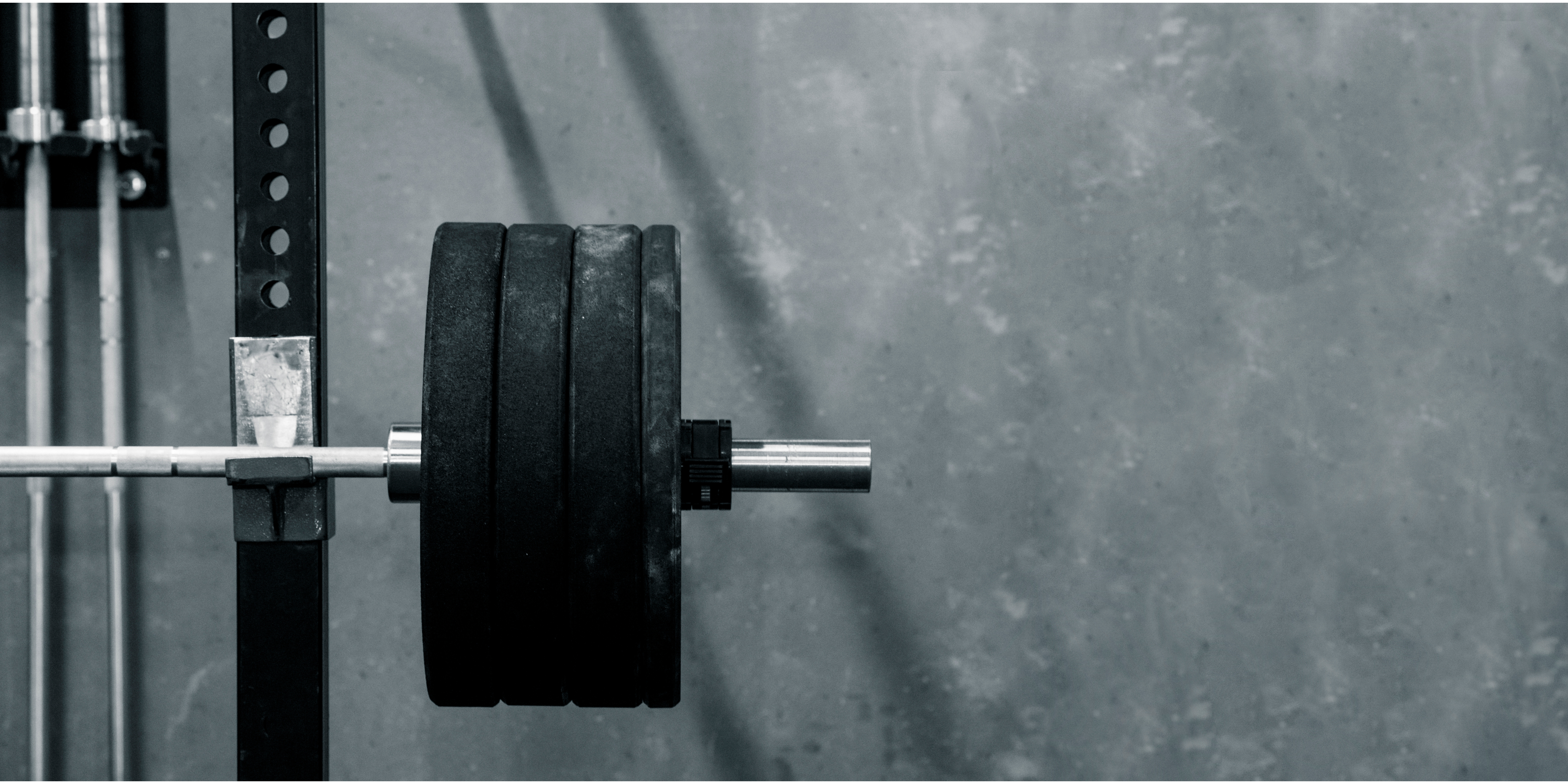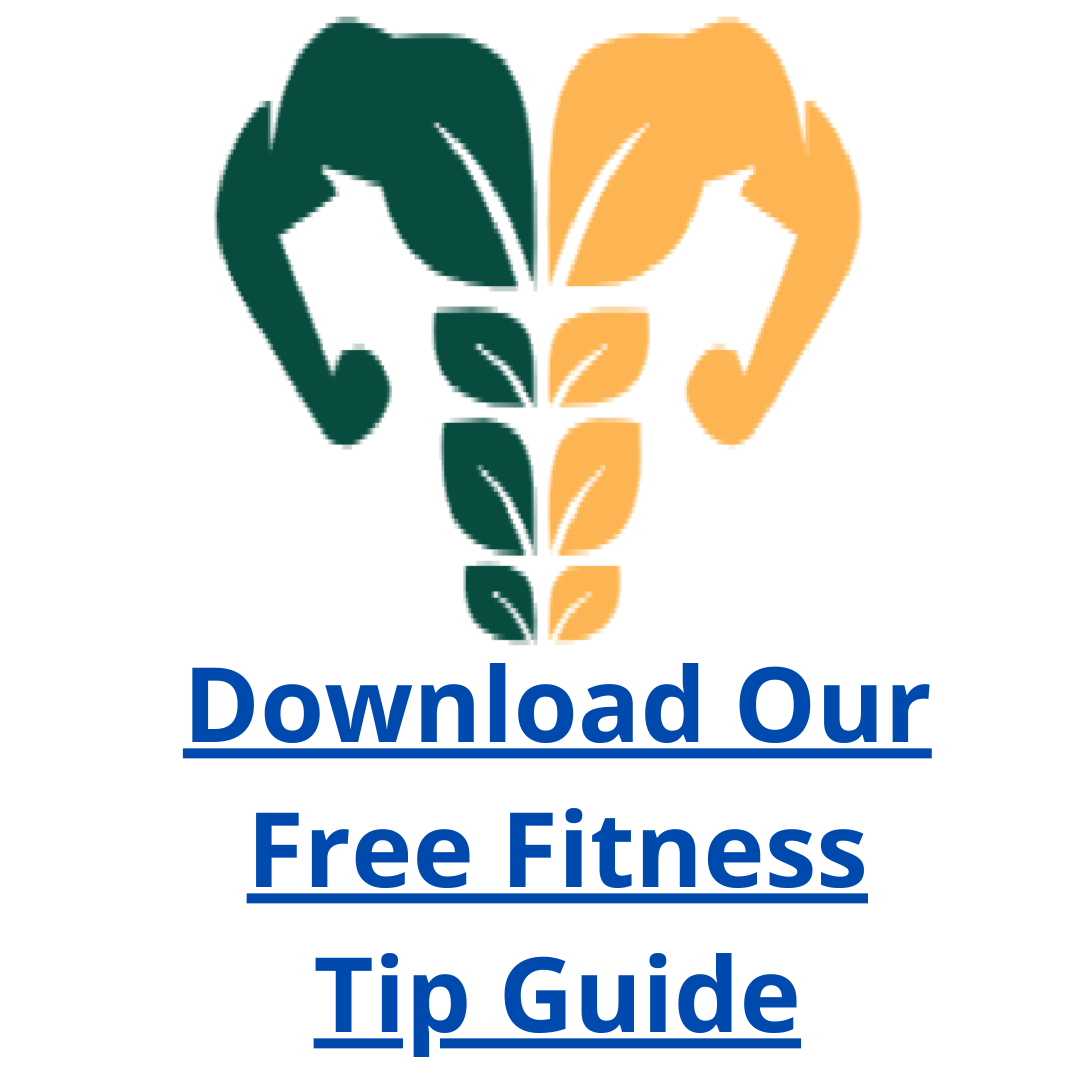Visceral Fat Real Image
Feeling frustrated by stubborn upper abdominal fat that won’t budge despite your efforts? It’s critical to comprehend the nature of this overweight due to its resistance and links to numerous chronic diseases.
This isn’t your typical ‘pinchable’ fat. It’s visceral fat, nestled deep inside your abdomen, enveloping your internal organs. The concern transcends aesthetics, impacting your overall wellness and lifespan.
But, there’s no need to worry. This guide offers key insights and practical strategies to effectively address this issue. Remember, awareness is the pivotal first step towards meaningful transformation. So, are you ready to confront and combat upper abdominal obese?
Body Fat and Its Implications
Fat plays a crucial role in our body. It’s not all harmful; it provides energy, supports cell growth, and protects organs. However, distinguishing between subcutaneous and visceral fat is vital.
Subcutaneous Fat – The under-skin, easily noticeable overweight that not only affects appearance but also insulates the body and stores energy.
Visceral Fat – This deeper abdominal overweight surrounds internal organs, and is known as ‘active fat’ due to its generation of harmful substances.
Upper abdominal overweight can cause health issues like insulin resistance, Type 2 diabetes, heart diseases, and some cancers. These silent risks highlight the importance of managing upper abdominal overweight.
Factors Contributing to Upper Abdominal overweight
Upper abdominal overweight increase results from various factors, some manageable, others less controllable.
Genetics – Genetic predisposition can significantly affect body fat distribution. A family history of central obesity may increase your risk, but it isn’t a guaranteed destiny.
Diet – Consuming excessive sugars, unhealthy oils, and processed foods may lead to visceral fat gain.
Exercise Habits – Inactivity decreases the body’s ability to burn stored fat, increasing the chance of abdominal overweight accumulation.
Sedentary Lifestyle – A lifestyle lacking physical activity promotes upper abdominal obese accumulation, leading to the so-called “sitting disease.”
Stress – Constant stress can heighten cortisol production, a hormone that promotes fat storage in the midsection.
Now, let’s take a look at the four methods to help you get rid of lower abdominal pain female.
Method 1: Nutrition
A balanced diet effectively combats upper abdominal overweight. Include nutritious foods from various groups, such as:
Fruits and Vegetables – Rich in vitamins, minerals, and fiber and low in calories.
Whole Grains – They provide energy and are packed with fiber which helps satiety.
Protein – Lean meats, eggs, dairy and legumes aid in tissue repair and satiety.
Healthy Oils – Nuts, olive oil, and avocados provide necessary fatty acids, promote brain health, and manage weight.
Portion Control
Another critical part of a balanced diet is portion control. Eating large amounts of even healthy food can lead to weight gain. By paying attention to portion sizes, you avoid excessive calorie intake and keep stubborn abdominal overweight at bay.
Consume More Fiber
Fiber is an indigestible carbohydrate that enhances fullness and aids weight management. It presents as soluble and insoluble fiber. Soluble fiber slows digestion and correlates with reduced belly obese, while insoluble fiber quickens food transit in the digestive system, enhancing regularity.
High-fiber foods can curb overeating by promoting fullness. These diets can reduce obesity risk by inducing satiety, delaying absorption, and stimulating gut hormones.
Limit Sugar and Processed Foods
Sugar (particularly added sugar) contributes to abdominal fat by stimulating its storage, increasing weight gain and health issues. Processed foods, rich in unhealthy oils, preservatives, and unnecessary artificial substances, affect caloric intake. Therefore, limiting such foods aid in controlling calorie consumption and reducing belly obese.
Stay Hydrated
Water is vital for weight management. It boosts metabolism, promotes fullness, and detoxifies. Aim for at least 2 liters daily, adjusting based on activity level and weather. Keep water on hand, favor it over sweet drinks, and consider adding fruit for flavor if desired.
Method 2: Physical Activity and Exercise
Exercise is vital for oil burning, muscle building, and health maintenance. Consistent physical activity can result in weight loss and provide numerous bodily benefits.
Cardiovascular Activities
Cardiovascular exercises boost heart rate, blood circulation, and oxygen delivery to muscles, burning body fat for extra energy during workouts. Examples include running or jogging and cycling. This burns overweight effectively when executed with intensity intervals.
Also, jumping rope provides a simple full-body workout, while swimming works multiple muscles and raises the heart rate significantly.
Strength Training
Strength training helps in burning overweight, muscle gain, and an elevated metabolic rate. This allows calorie burning at rest. It also enhances bone density, joint mobility, and body strength.
For instance, bench presses, squats, and deadlifts effectively engage multiple muscle groups. In addition, you can do push-ups, pull-ups, squats, and lunges which require no equipment and are location-flexible.
High Intensity Interval Training (HIIT)
HIIT alternates between short periods of intense anaerobic exercise and less intense recovery periods. This provides a time-efficient way to exercise while increasing metabolic rate for better overweight burning.
You can sprint for 20 seconds of high exertion, followed by 10 seconds of rest – repeated in cycles.
Jump squats for 30 seconds of activity and 15 seconds of rest, repeated as per the individual’s capacity.
Likewise, high knees for 40 seconds of activity with a 20-second rest interval – repeated as needed.
Consistency
Consistency is crucial in harnessing the benefits of exercise for better overall health. Regularity in cardiovascular activities, strength training, or HIIT is key. Achieve consistency through setting realistic goals, scheduling workouts, and selecting enjoyable activities.
Method 3: Lifestyle Changes
Lifestyle modification is crucial for weight management, encompassing habits from stress management to sleep routines and relinquishing detrimental habits.
Stress Management
Chronic stress promotes weight gain by triggering cortisol release. This encourages fat storage and increases appetite.
Daily mindfulness meditation, deep slow breathing exercises, and prioritized self-care can effectively counteract stress, contributing to overall well-being.
Sleep Management
Lack of sleep disrupts the body’s hunger and fullness hormones, leading to overeating and weight gain. Thus making adequate sleep (preferably 7 to 8 hours) crucial for weight management.
A consistent sleep pattern, a relaxing sleep environment, and limiting caffeine and alcohol consumption contribute to improved sleep quality.
Quitting Bad Habits
Bad habits like smoking and excessive drinking can lead to weight gain by affecting metabolism and encouraging unhealthy eating. Seeking professional help, replacing unhealthy habits with regular exercise, and joining support groups are effective strategies for breaking these habits.
Method 4: Medical and Surgical Approaches
If diet, exercise, and lifestyle changes are insufficient, consider medical or surgical procedures under a healthcare professional’s guidance for lower abdominal pain female.
Evaluate fat and skin reduction needs, downtime availability, and health conditions before choosing between Coolsculpting and a tummy tuck.
Coolsculpting vs Tummy Tuck
Coolsculpting: A non-invasive, FDA-approved treatment using cooling technology to eliminate overweight. Typically, it reduces 20% to 25% fat in treated areas with minimal downtime.
Tummy Tuck: A surgical procedure to remove excess skin from the abdomen. It gives more dramatic results and tackles larger deposits and loose skin but requires longer recovery time.
Conclusion
Abdominal fat loss, though tough, is attainable through diet regulation, consistent exercise, lifestyle changes, and medical procedures.
Key to health transformation including abdominal overweight reduction is persistence. Small, steady modifications can lead to notable improvements. Lowering abdominal obese not only improves appearance but also reduces disease risks.
Remember your health is your wealth. Lead yourself to a healthier future by adopting these strategies. If you need personalized advice or aren’t sure where to begin, reach out to a health professional – take your first step towards a healthier you now!
Stay Super Fit, our project dedicated to Fitness and Health, offers comprehensive resources on how you can maximize the Health Benefits of Being Physically Fit. Embark on this transformative journey with us as we guide you every step of the way.
- Sustainable Fitness
- Transform Your Body and Mind with Yoga and Meditation
- Understanding the Mental Health Awareness Ribbon: Significance and Impact
- 8 Workouts to Melt Belly Fat Away
- The Art of Personalized Nutrition: Tailoring Your Diet to Your Needs
- The Intersection of Food and Lifestyle: A Holistic Approach
- Mastering the Horse Stance Squat: Techniques and Benefits
- Unleashing the Potential of Creatine; Your Comprehensive Guide, to Maximizing Workouts
- Staying Motivated
- Unlocking the Power of Creatine Supplements: Unveiling Before and After Results
- Gym Workout Routines For Beginners
- Endorphines
- Exercise For Fitness & Weight Loss
- How To Gein Weight For Skinny Guys
- How To Stay In Shape With A Broken Ankle
- Beginner Leg Workouts At Home
- Triceps Workout at Home Without Equipment
- The Horse Stance
- Leg Workout Program For Mass
- Visceral Fat Real Image
- Best Aerobic Exercises to Lose Weight and Get Fit
- Sunny Health And Fitness (SF-T4400) Treadmill Review 2024: A Great Walking Machine
- How Women Can Lose Belly Fat in 7-10 Days
- Shedding Pounds: Best Exercise Machines To Lose Belly Fat
- Figure 8 Fitness Review: Transforming Your Workouts
- Best Morning Stretches for Women to Energize Your Day
- Maximizing Health Benefits of Being Physically Fit





